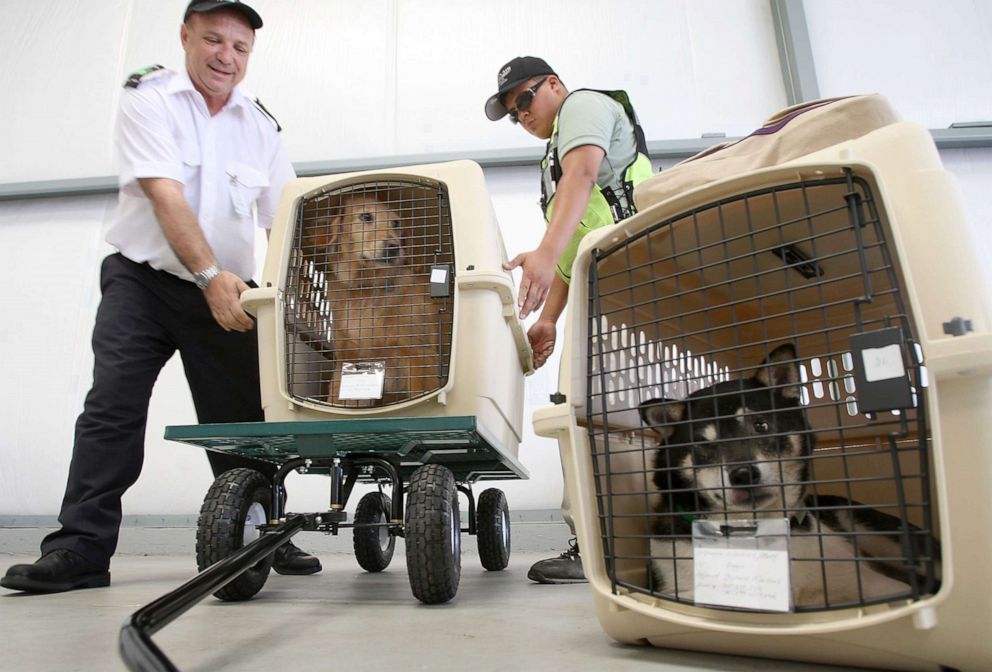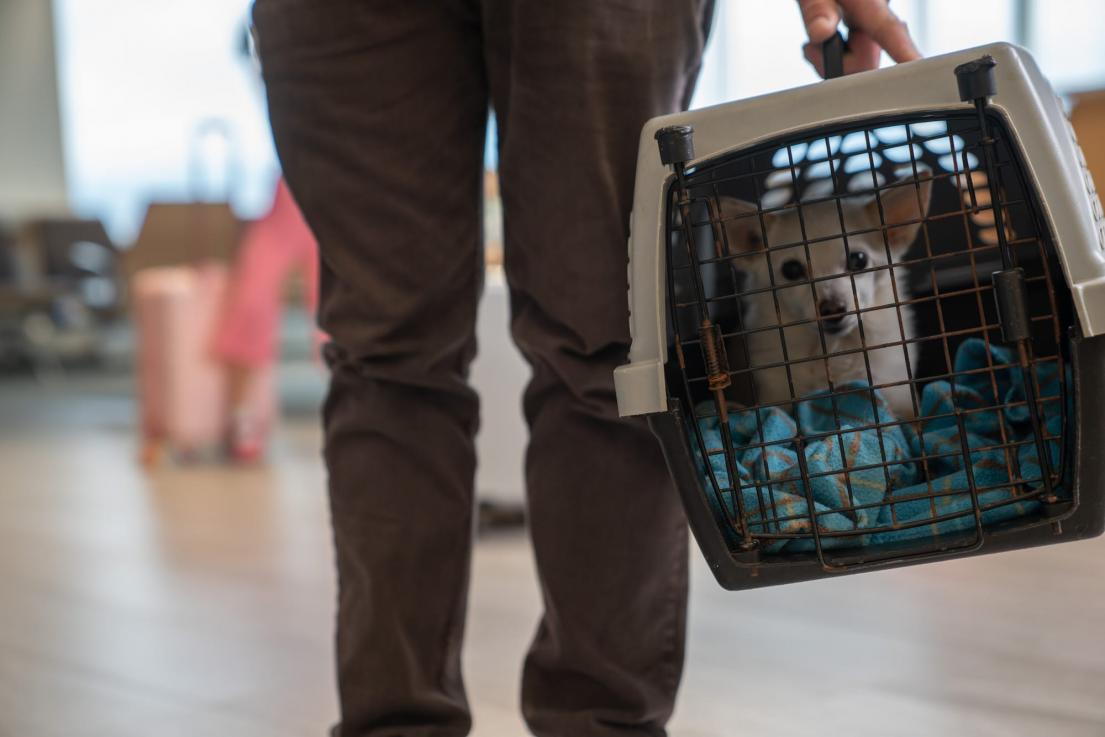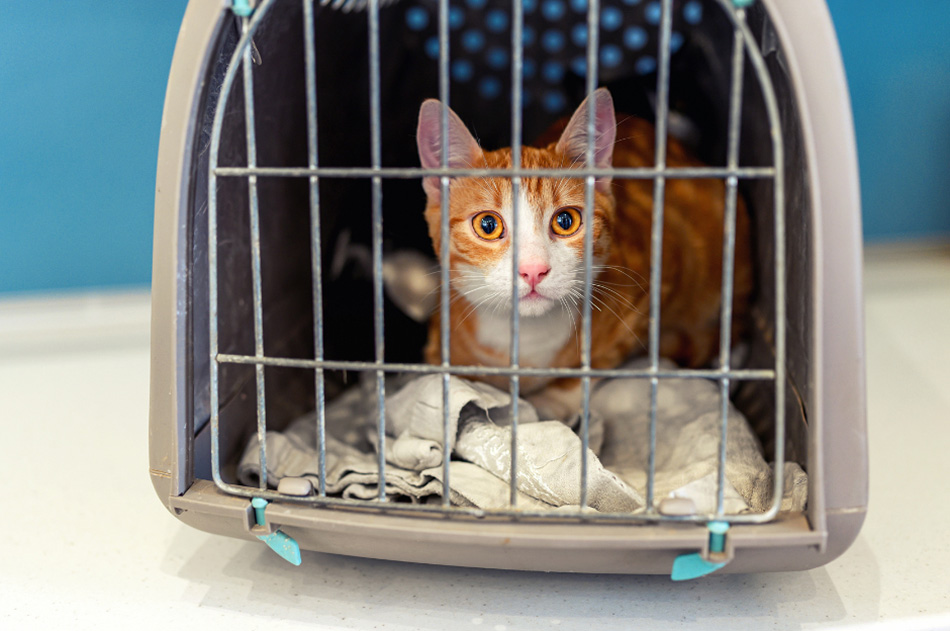Bringing pets to Spain from the US and Canada
A lot of people want to bring their pets with them when coming to Spain. With an increasing number of Americans and Canadians moving to Spain and the logistical complications of a cross-Atlantic move, I thought I’d do a post on bringing pets to Spain from the US and Canada.
The good news is that bringing your pets to Spain might not be as complicated as you would think.
PS. Always love to hear people’s stories if they’ve experienced this with their pets. Appreciate if you comment at the bottom of this post so that other readers can benefit from your experience.

What are the requirements for travelling to Spain with your pet?
Spain is part of the EU Pet Travel Scheme which requires the following (not just if coming from the US and Canada, but for any pet travel between EU countries as well).
1. Microchipping: Your pet must have an ISO-compliant microchip for identification. Why ISO-compliant? The International Standards Organization (ISO) has a global standard for microchips so that pets can be identified anywhere in the world. The microchip can be injected into your pet by a veterinarian, it is a simple and inexpensive procedure.
2. Rabies Vaccination: Your pet must have a valid rabies vaccination administered after the microchip implantation. Your pet must be at least 12 weeks old before getting the vaccination and it should be done at least 21 days before you travel.
3. EU Pet Health Certificate: A licensed veterinarian must fill out an EU Pet Health Certificate that should be completed within 10 days of your pet’s arrival in Spain. In the case of the US, that includes a USDA endorsement (United States Department of Agriculture), for Canada it’s a CFIA (Canadian Food and Inspection Agency) endorsement. You require a Spanish copy of the certificate*.
*Note: if you are flying through another country, you will need to have a translated version of the certificate in the language of that country as well.
Also note: Most veterinarians know the process well (make sure yours does!) and can guide you with all the above. Just plan ahead.


A few useful Resources
Private health insurance in Spain. We recommend Innoinsure, they make it easy. And you don’t need a Spanish bank account – you can pay with foreign credit cards. More info here.
Spartan FX. Buying a house or car in Spain and need to transfer and exchange a large sum of money? More here.
Wise. For everyday transfers and exchanges of money from your home country. Nobody should be using banks anymore. More here.
The Airlines when it comes to Pet Travel
In the Cabin
Travelling with smaller pets is easy as they can go in the cabin with you. The pet, within a carrier, counts as a standard carry-on item and should be kept under the seat if front of you. Weight and sizes allowed depend on the airline (Air Canada for example allows a combined weight of 22 kg or 49 lbs between pet and carrier. Carrier dimensions depend on the plane type).
Carriers should always be big enough that the pet can stand, turn around, and lie down in its carrier.
There is a charge to bring a pet on the plane with you. Air Canada for example charges $100 CAD for an international flight, United Airlines $125 USD.
You should always book your pets travel early, airlines limit the number of pets in the cabin and availability is on a first-come, first-served basis.
In the baggage compartment
Bigger dogs have to travel in the baggage compartment; they are pressurized and temperature controlled with easy access for the Flight Crew to check if needed.
Again, sizes and weight depend on the airline. Air Canada allows a maximum of 45 kg (100lbs) for the pet and kennel combined. They charge $270 CAD for one-way international flights.
How to book your pet on flight?
Many airlines have an option when you book your ticket online but in some cases they don’t – in that case best to call or chat with an airline representative.
Related: The best Airlines for Pet Travel
Note: another alternative are international pet transport services. Starwood Pet Transport is one I see recommended on various sites/pages.

Preparing your Pet for Travel
What to do to prepare your pet for a long travel day:
- Get you pet used to your travel carrier so that they’re comfortable being in there.
- When seeing the veterinarian about the necessary procedures and documents (above), make sure all vaccinations and paperwork are up to date.
- Don’t overfeed your pet on the day of travel. This is to minimize motion sickness or stomach discomfort.
- On the day of travel, make sure your pet expends a lot of energy – you want them tired for the flight.
Related: The “Tipping Protocol” in Spain

Related: What to do when someone dies in Spain?


Leave a Reply